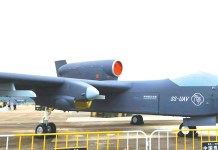China has been arming the Pakistani military with its top-of-the-line weapons in a bid to contain India. Beijing has aided Islamabad with fighter aircraft, submarines, naval warships, air defense systems and other military equipment.
Last week, a leading military analyst claimed that China could now equip Pakistan with hypersonic weapons which could evade India’s latest acquisition – the S-400 air defense system.
Hypersonic weapons, which travel at Mach 5 speeds, or five times the speed of sound, are difficult to track and engage for air defense systems like the Russian-made S-400 that both China and India possess.
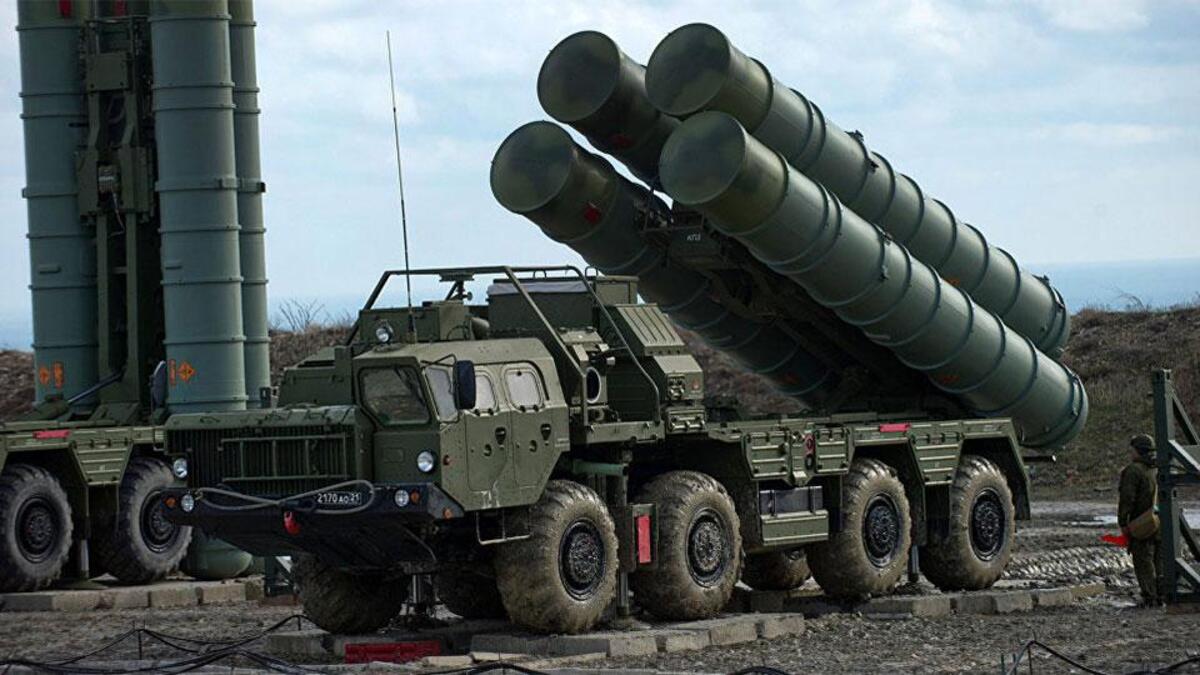
Richard D. Fisher, a senior fellow at the International Assessment and Strategy Center, testified before the US Congress about China’s military advances and has written extensively about the People’s Liberation Army.
“To the extent that China has supported North Korea’s new hypersonic glide vehicle (HGV) missile warhead, it has or will similarly assist a Pakistani HGV, or just sell the DF-17,” he told Defense News.
Given the air defense system’s superior sensors and the array of missiles, the Indian Media has referred to the S-400 as a “game-changer.” The S-400 employs four different types of surface-to-air missiles having a range from 40 to 400 kilometers.
The missiles are capable of shooting down a variety of targets, including fighter planes, cruise missiles, bombs, and some types of ballistic missiles which means it renders Pakistan’s nuclear offense incapable.
Because of the S-400’s adaptability, Pakistan has viewed India’s acquisition as a danger, as the system can shoot down planes even in Pakistani airspace. The S-400’s possible offensive capability, which would limit an adversary’s use of its own airspace, is a significant feature. Due to Pakistan’s topography and the country’s long border with India, the defense system would cover a large part of the country.
It’s pertinent to note that the Indian S-400 Triumf system is being stationed in Punjab state bordering Pakistan and the deployment is set to be complete by February.
India deploys first S-400 air defence system in Punjab sector, to take care of aerial threats from both China, Pak
Read @ANI Story | https://t.co/LoMCWjb9OX#India #S400 pic.twitter.com/r73Jpng4Fg
— ANI Digital (@ani_digital) December 20, 2021
Some Pakistani analysts have warned that India’s overconfidence in its newly purchased S-400 air defense system could give the country a false sense of invulnerability, increasing the risk of a military mistake involving archrival Pakistan.
These assertions come two years after the Balakot airstrike that led to Pakistani fighter jets entering the Indian air space and the resultant aerial skirmish between the two sides.
Even though the two militaries signed a ceasefire last year, tension along the LoC, the de facto border in the Kashmir region, is palpable as the Indian Army accuses its Pakistani counterpart of sponsoring cross-border terrorism.
Hypersonic Missiles
A hypersonic weapon carries a glide vehicle that is installed atop a ballistic missile. It is launched into the upper atmosphere and glides the weapon to its target. The Chinese DF-17 has a range of around 2,500 kilometers and travels at speeds of between five and ten times the speed of sound, according to US intelligence estimates. The DF-17 is believed to have been commissioned by the Chinese military.
Pakistani analysts have already advocated for the development of hypersonic weapons to counter the S-400’s deployment.
Like Fisher said in his assessment, one of the options available for Beijing is to either sell the DF-17 to Pakistan directly or transfer technology and assist it in developing a similar system. Further, Fisher believes that China aided North Korea’s hypersonic program that manifested in two unprecedented tests recently.
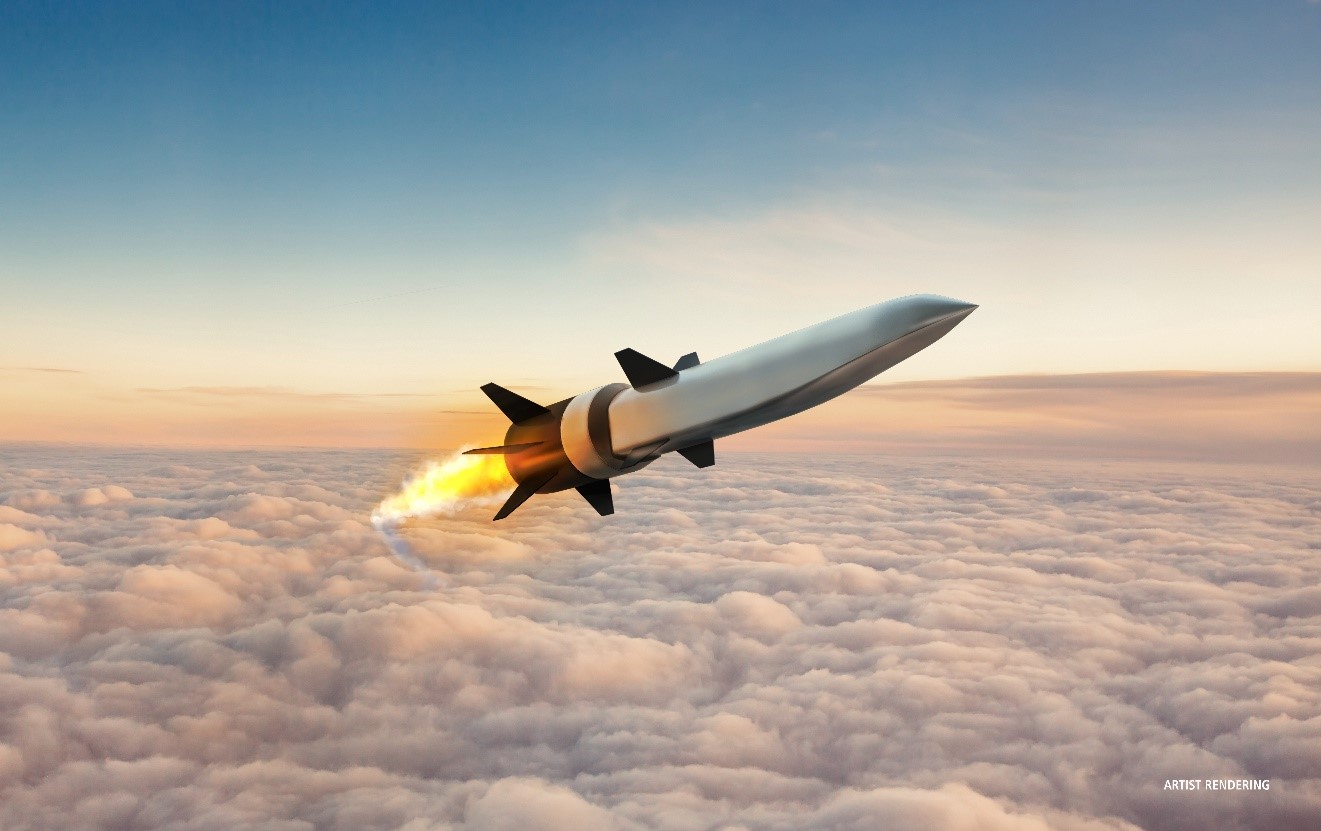
“It is very likely that to the degree that China has aided North Korea’s new hypersonic glide vehicle (HGV) missile warhead, it has or will similarly assist a Pakistani HGV, or simply sell the DF-17,” he said, referring to a medium-range missile system equipped with an HGV. “Or Beijing now has the option of allowing North Korea to sell its HGV to Pakistan.”
China has tested its hypersonic missiles on more than one occasion. Last year, a Chinese hypersonic missile went around the world. Even though it missed its target by a few kilometers, this was the first time ever that a hypersonic missile covered the entire length of the globe.
Additionally, in a shocking revelation, it was informed that the glide vehicle fired a submunition in the South China Sea in the test.
China’s hypersonic capabilities have only grown with the country’s expert and scientific community making frequent announcements related to the significant strides that the program was taking. In that sense, it could be assumed that China does remain in the position to arm its closest ally with hypersonic missiles to override the capabilities of S-400.
Pakistan’s Hypersonic Weapons: A Far Cry
Pakistan acquiring hypersonic missiles only remains only an idea as of now, with no expectation of any such deal taking place between China and Pakistan in the near future. There are several reasons attached to it. The EurAsian Times spoke to a few experts who put the conjectures in perspective.
Military watcher Amit Mukherjee voiced skepticism about the theory. He said, “Pakistan is an ideal stooge of China to keep India off balance. India should help Taiwan the same way China helps Pakistan.
But that is not the issue here. Suitable air defense equipment against hypersonic weapons is still in its infancy. With the deployment of the S-400s, it will be more difficult for the PAF aircraft and cruise missiles to penetrate into Indian airspace.
Ballistic missiles could lead to miscalculations of an incoming nuclear strike escalating conventional war to the next level. Swarm drones may not have the range to penetrate deep into enemy airspace and dense anti-aircraft guns / anti-drone systems could effectively deal with them.
Hypersonic weapons could give Pakistan a surefire method of penetrating deep into Indian airspace to achieve the desired objectives without escalating into a nuclear war.“
Philippines-based defense analyst Miguel Miranda offered a nuanced view. He said, “I have no doubts military-to-military consultations are always going on between China and Pakistan. All branches of the Pakistan military have benefited from Chinese assistance. The assumption that there are ongoing efforts related to hypersonic missiles isn’t far-fetched.
“We still don’t have any concrete evidence that a hypersonic missile — a large diameter precision munition capable of accelerating beyond Mach 5 during its flight — is being assembled in Pakistan right now although it’s likely the ‘homework’ or the research for developing one is underway.
Thanks to the sudden appearance of hypersonic nuclear-capable missiles in China and North Korea we have reason to assume these are inexpensive to assemble if the technology and production facilities are in place.
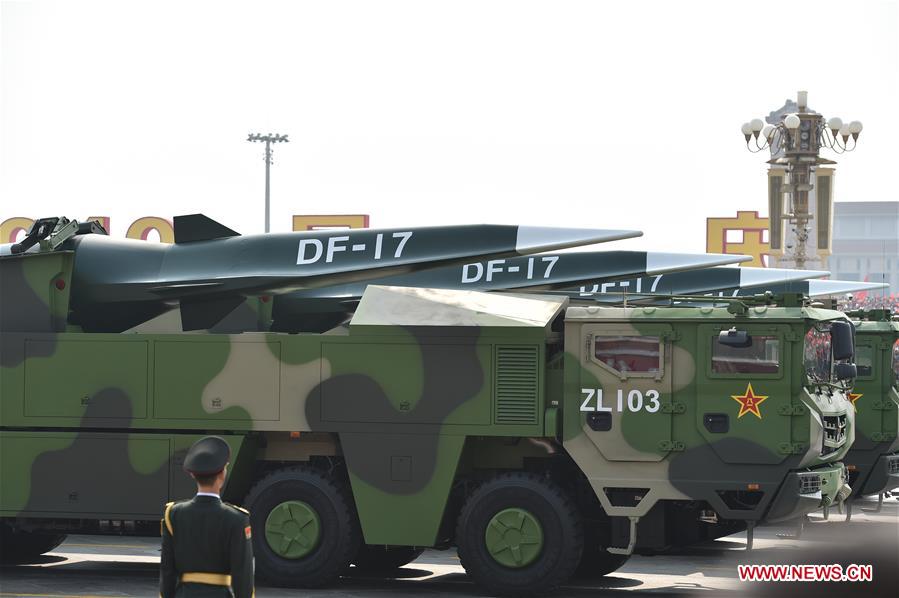
“It’s true that China can sell many types of long-range precision ordnance. It looks like its state-owned companies have free reign to export ballistic missiles and cruise missiles and everything in between.
Yet since the 1990s Pakistan’s military-industrial sector has focused on full indigenization when it comes to strategic weapon systems. Hence, the first hypersonic missile to emerge in Pakistan is likely be 100% made in Pakistan.”
Nitin J Ticku, a Defense Analyst and the Managing Editor at the EurAsian Times says — There are a few reasons why I don’t think Pakistan is going to get hypersonic missiles any time soon. First, there’s still time before China’s own hypersonic missile could be fully operational. They conducted a test last year that missed the target by a few kilometers. So, they would want to achieve more enhanced levels of precision before export could even be contemplated.
Secondly, hypersonic weapons are a highly classified technology that China may not be willing to share, like its J-20 stealth fighter aircraft. China bets big on Pakistan but there is still a trust deficit. There is always a risk of espionage and China wouldn’t be willing to risk it at this point when the US and UK do not have a hypersonic missile and China is treading very carefully.
While Pakistan acquiring hypersonic missiles from China sounds far-fetched, the country does have many long, mid, and short-range missiles in its arsenal. The Islamic nation possesses the Chinese version of the S-400 air defense system, called the HQ-9B, which, however, has a much lesser range of 240 kilometers.
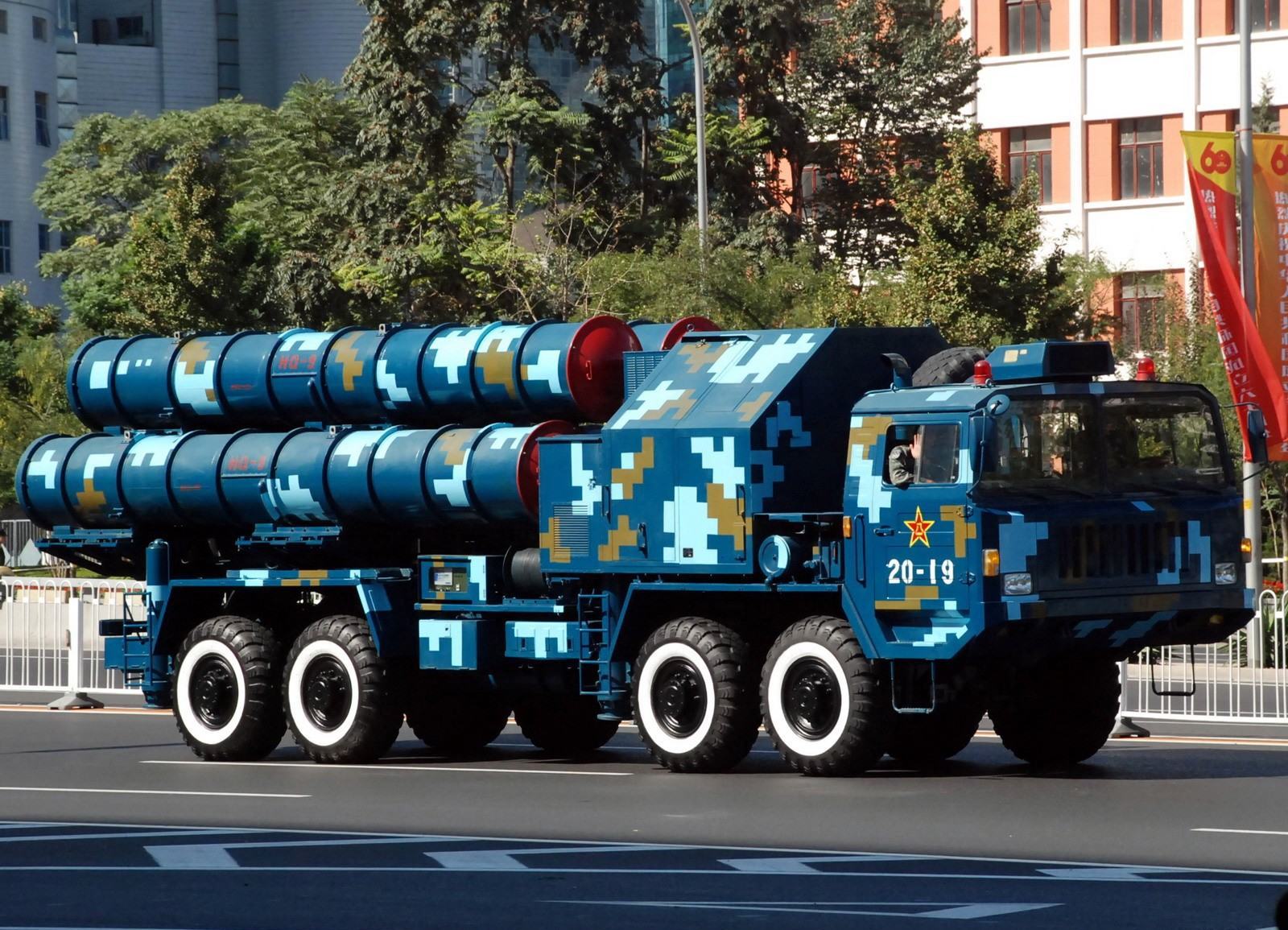
Given that India faces a two-front war threat from Pakistan and China, Beijing’s defense collaboration with its “iron brother” will continue, or perhaps increase manifold notwithstanding the speculation about hypersonic weapons.
- Contact the author at sakshi.tiwari9555@gmail.com
- Follow EurAsian Times on Google News


